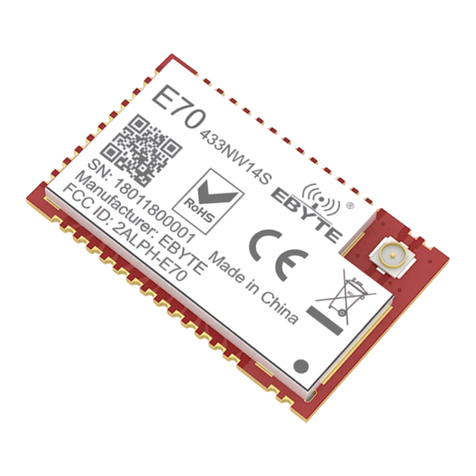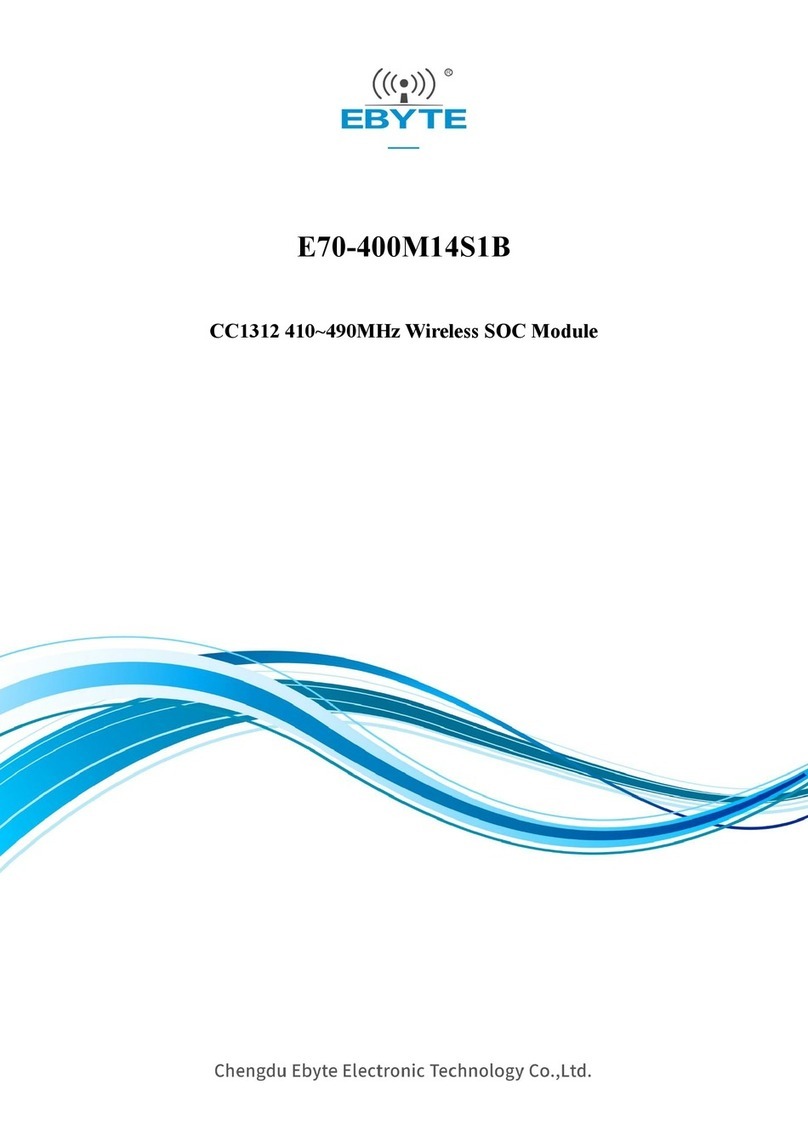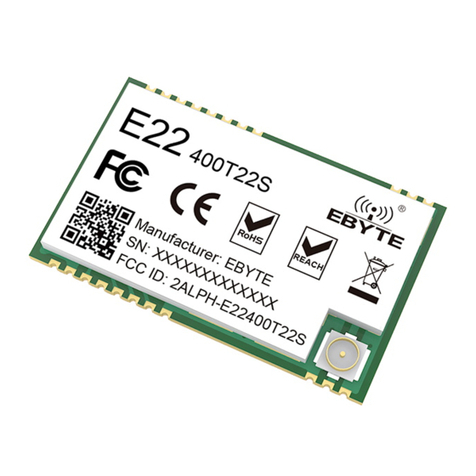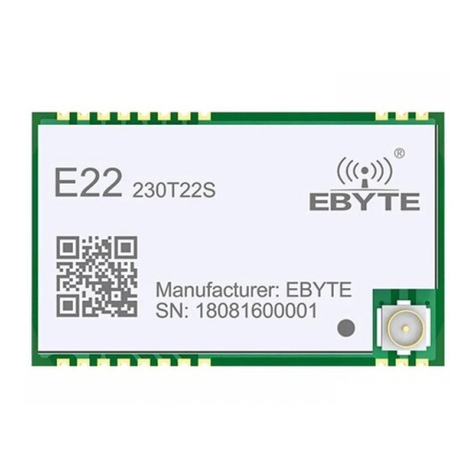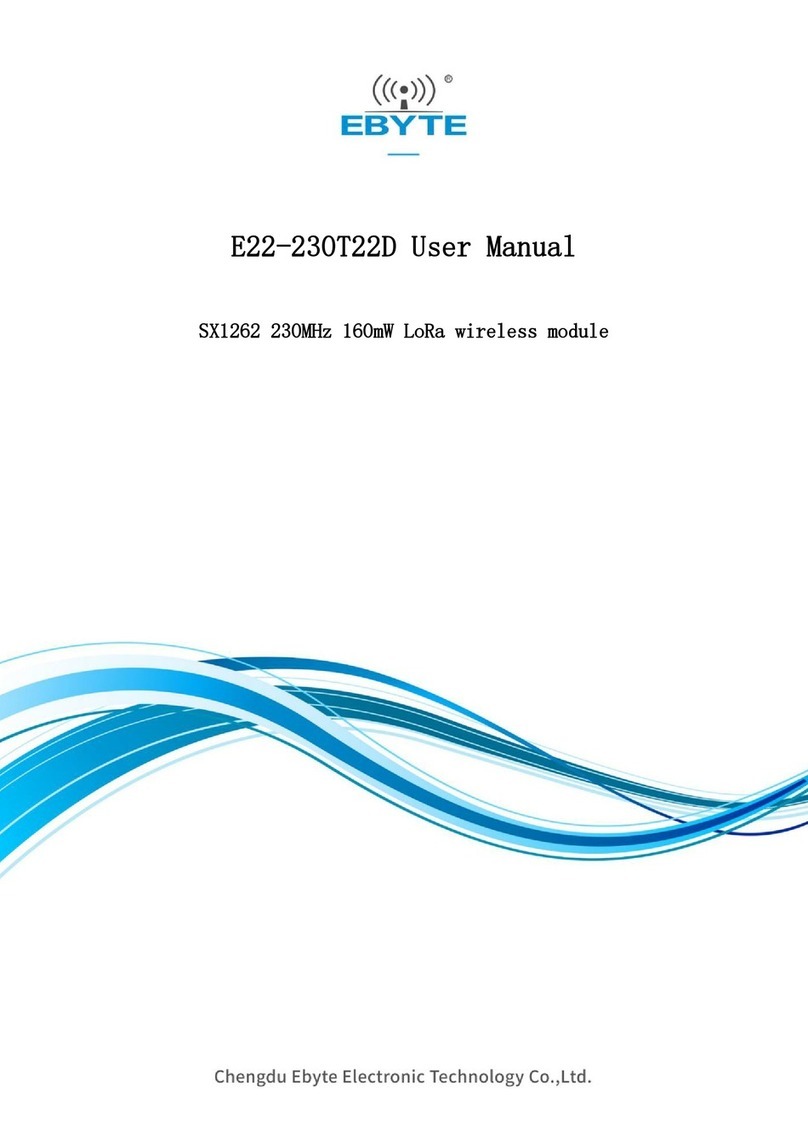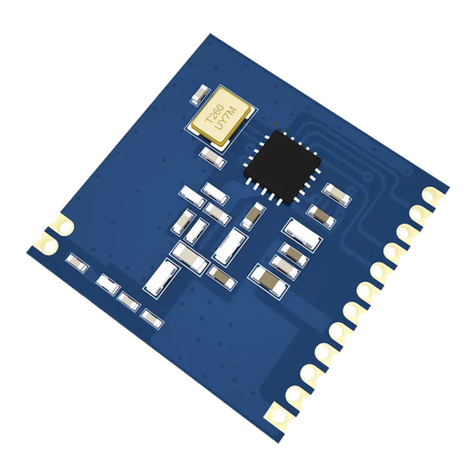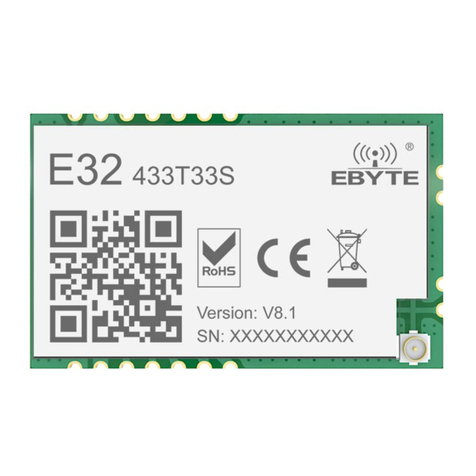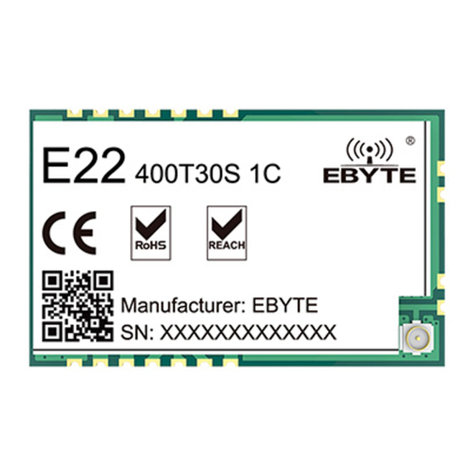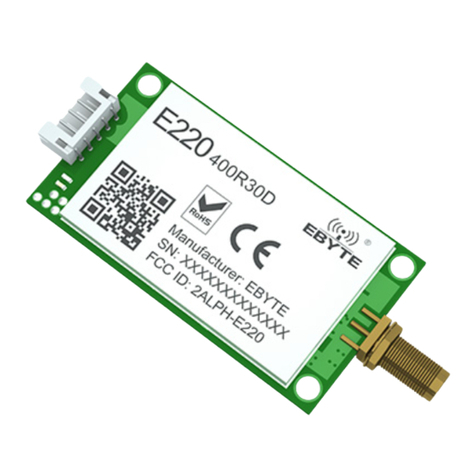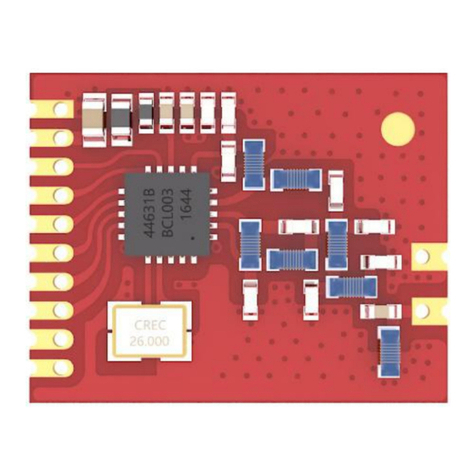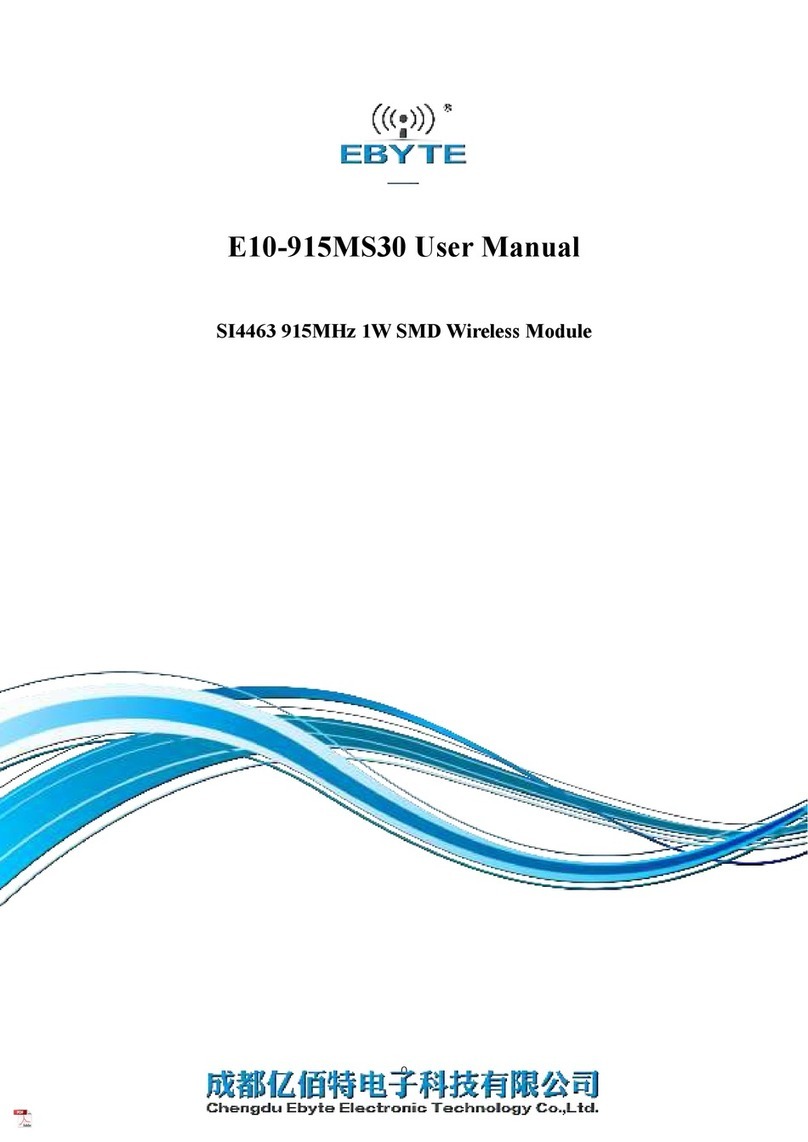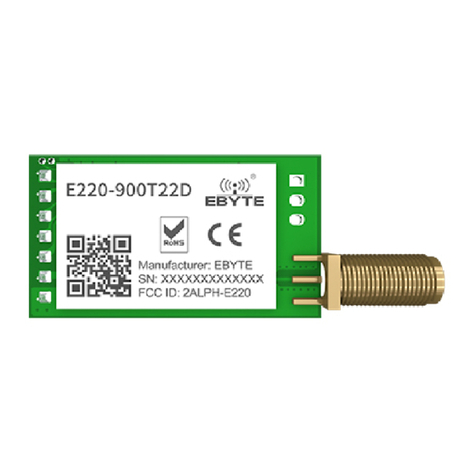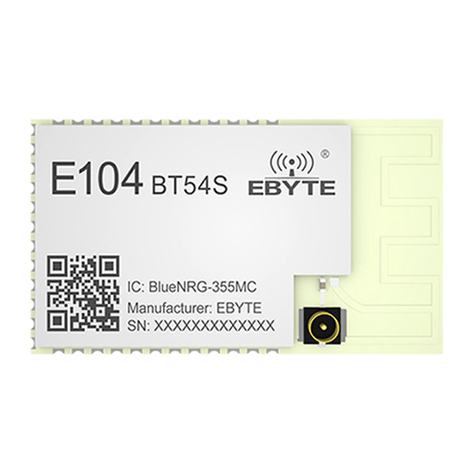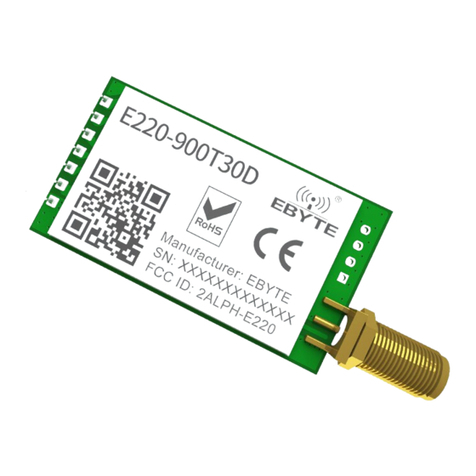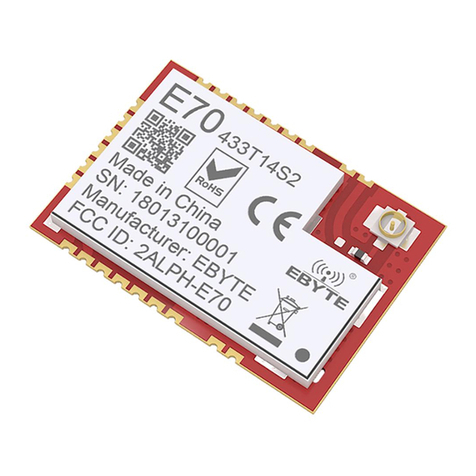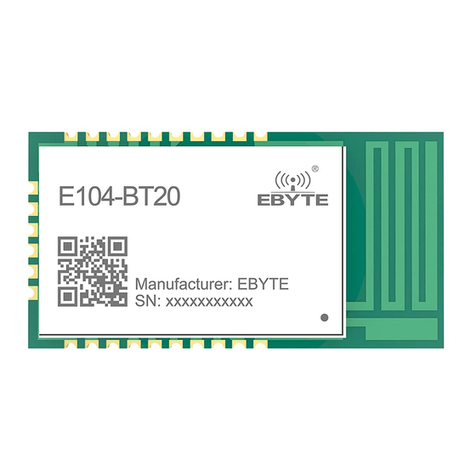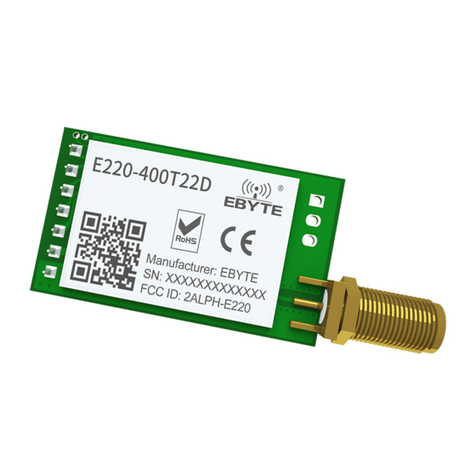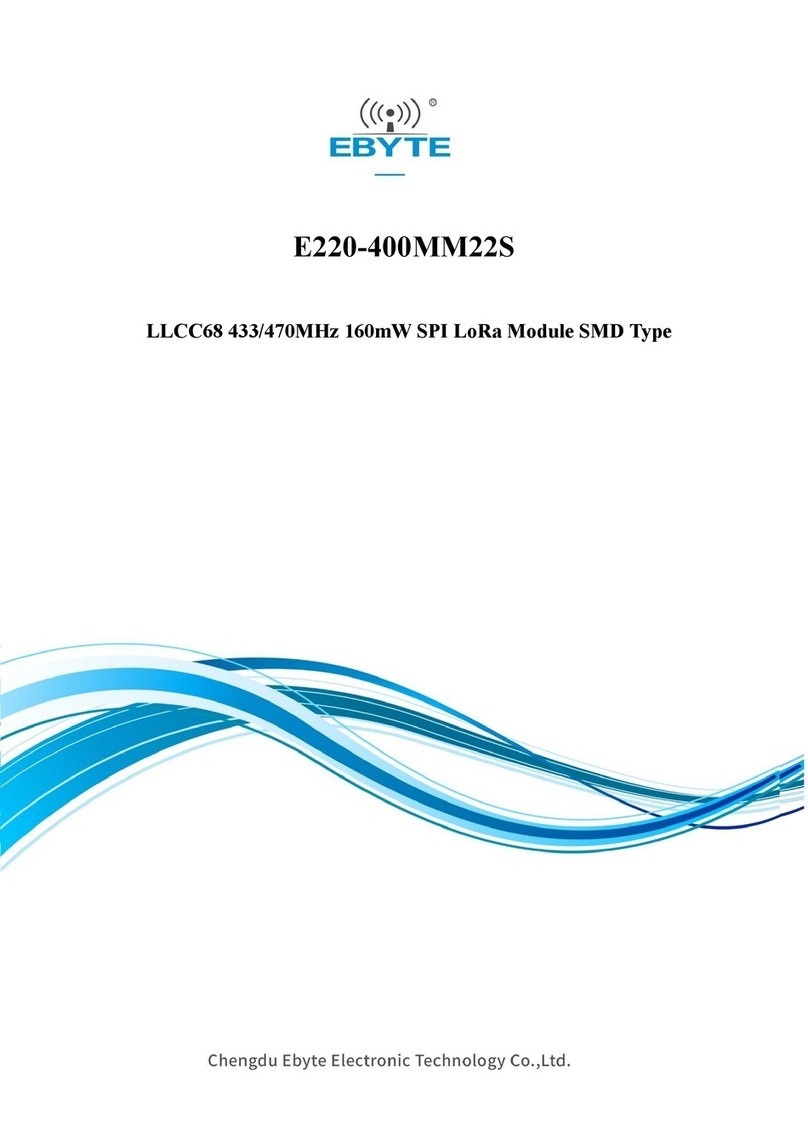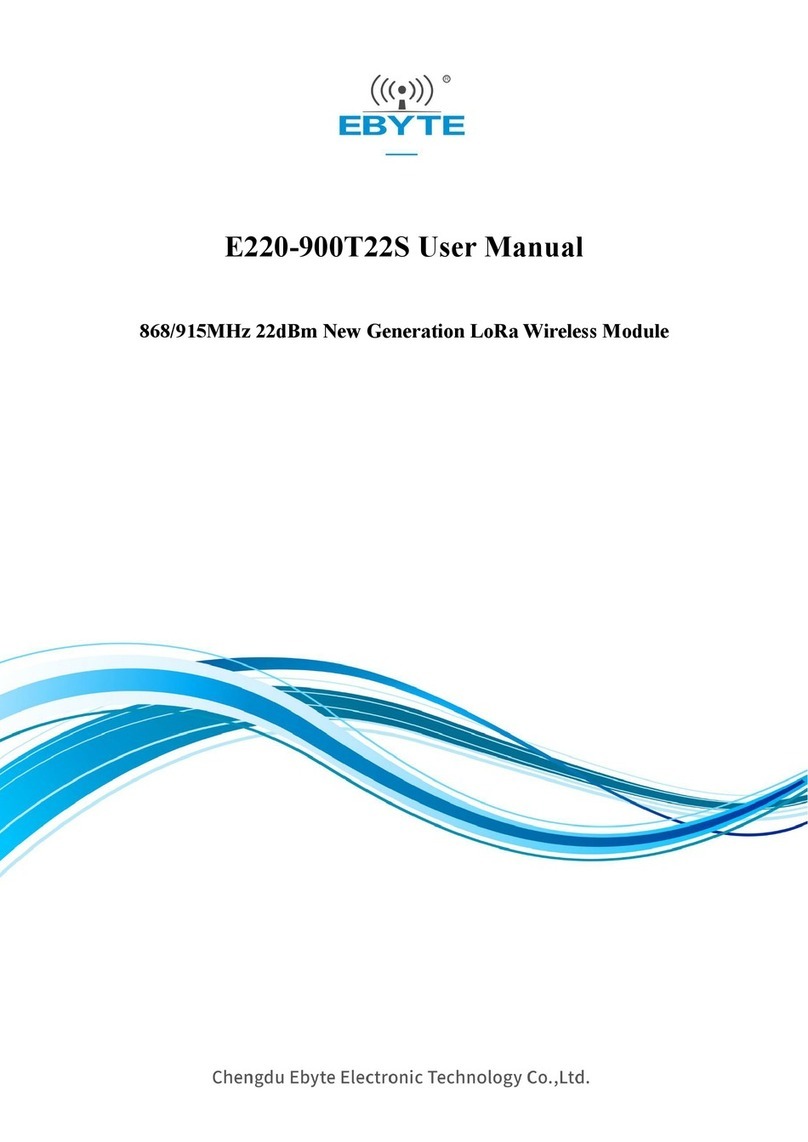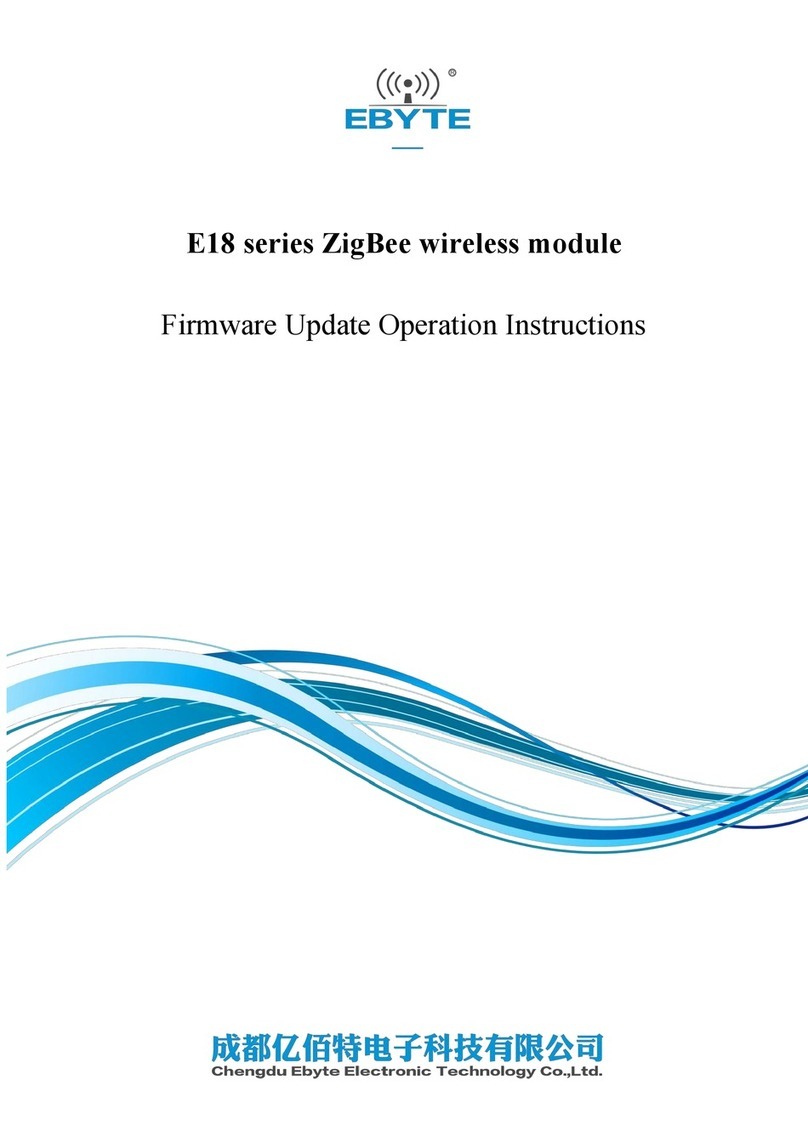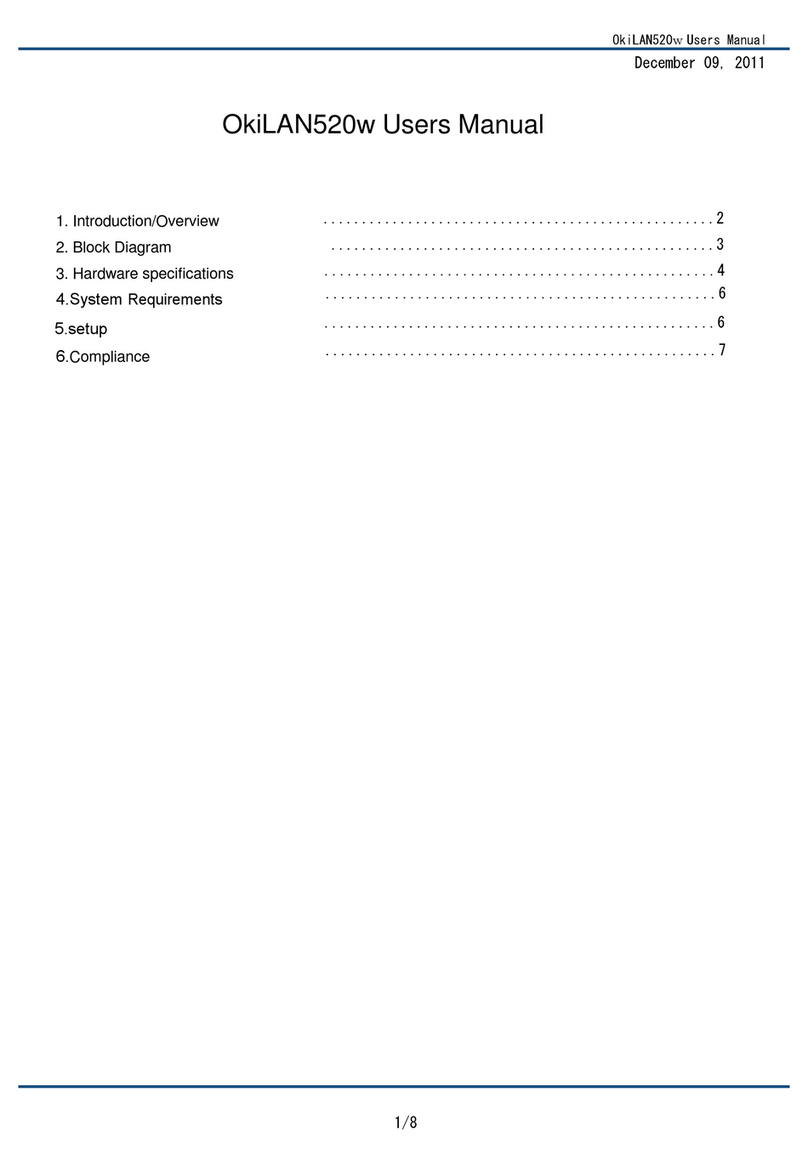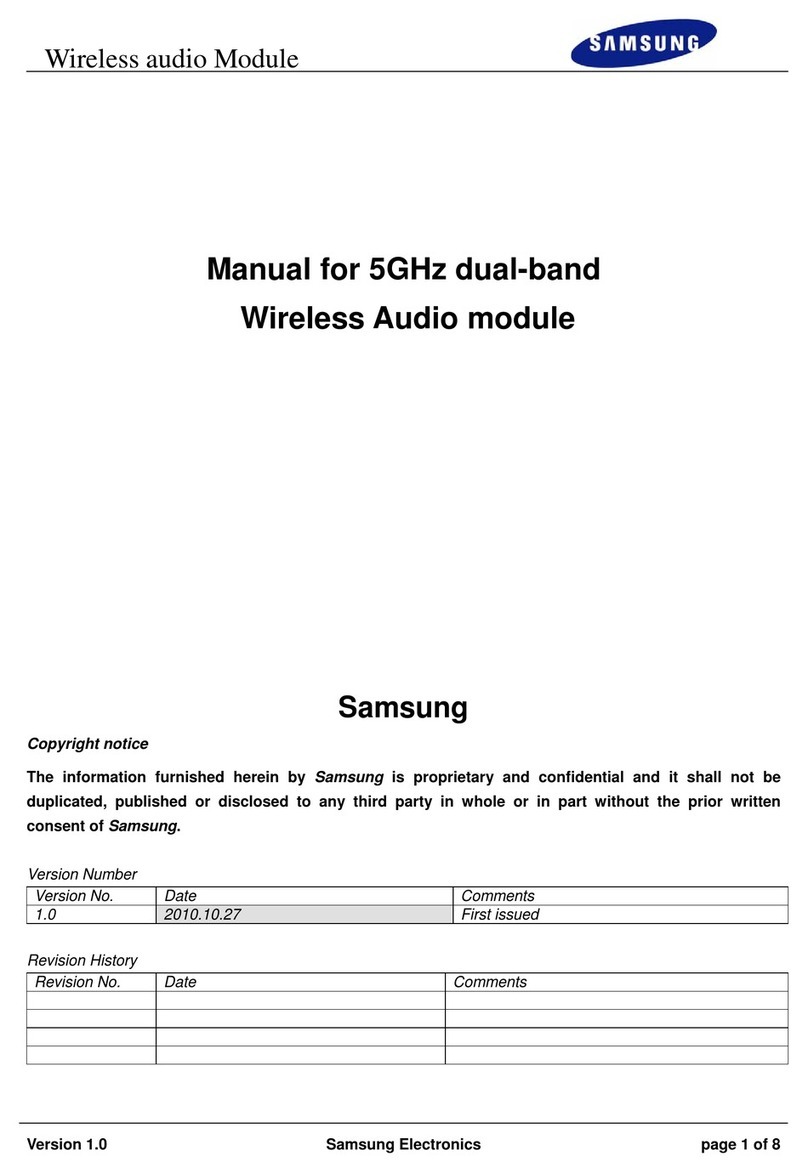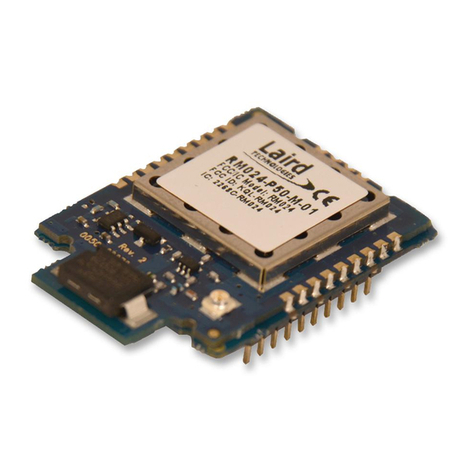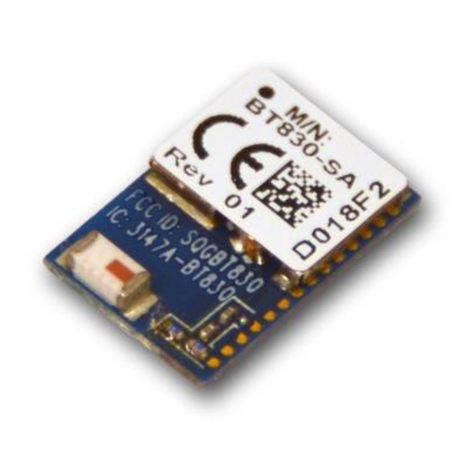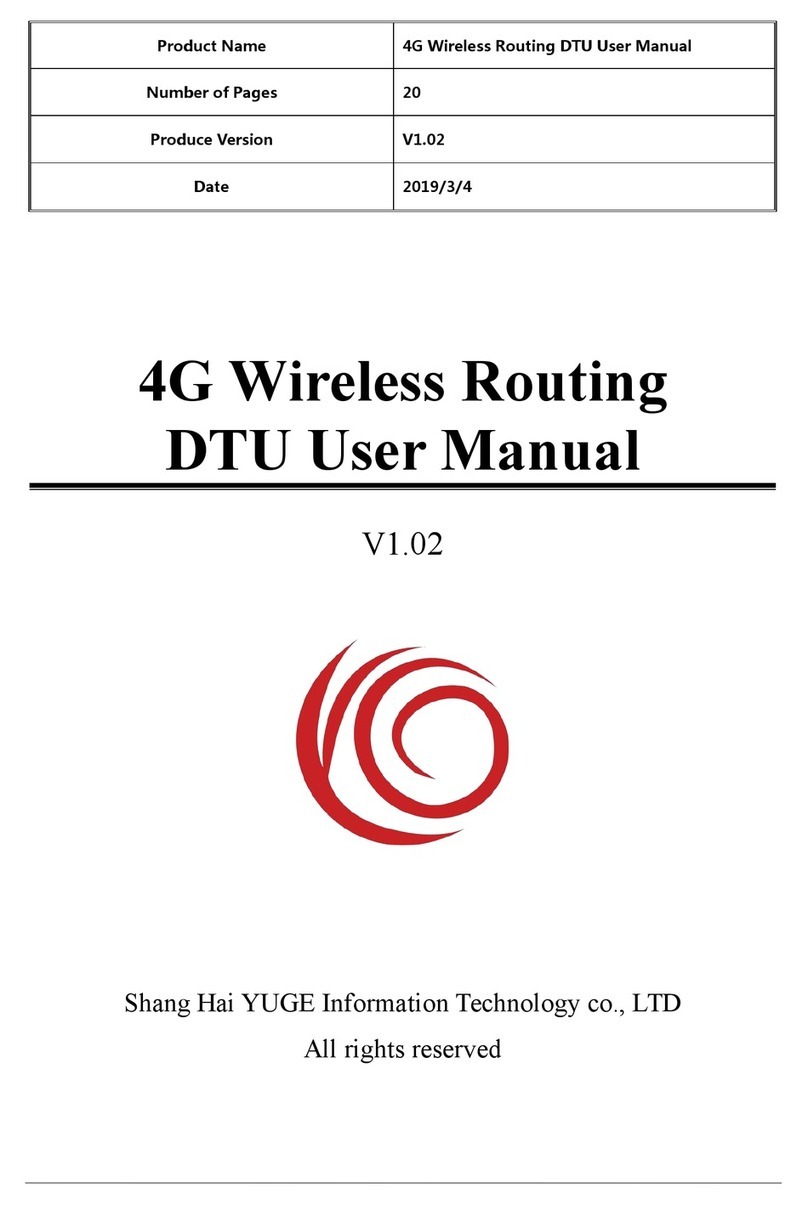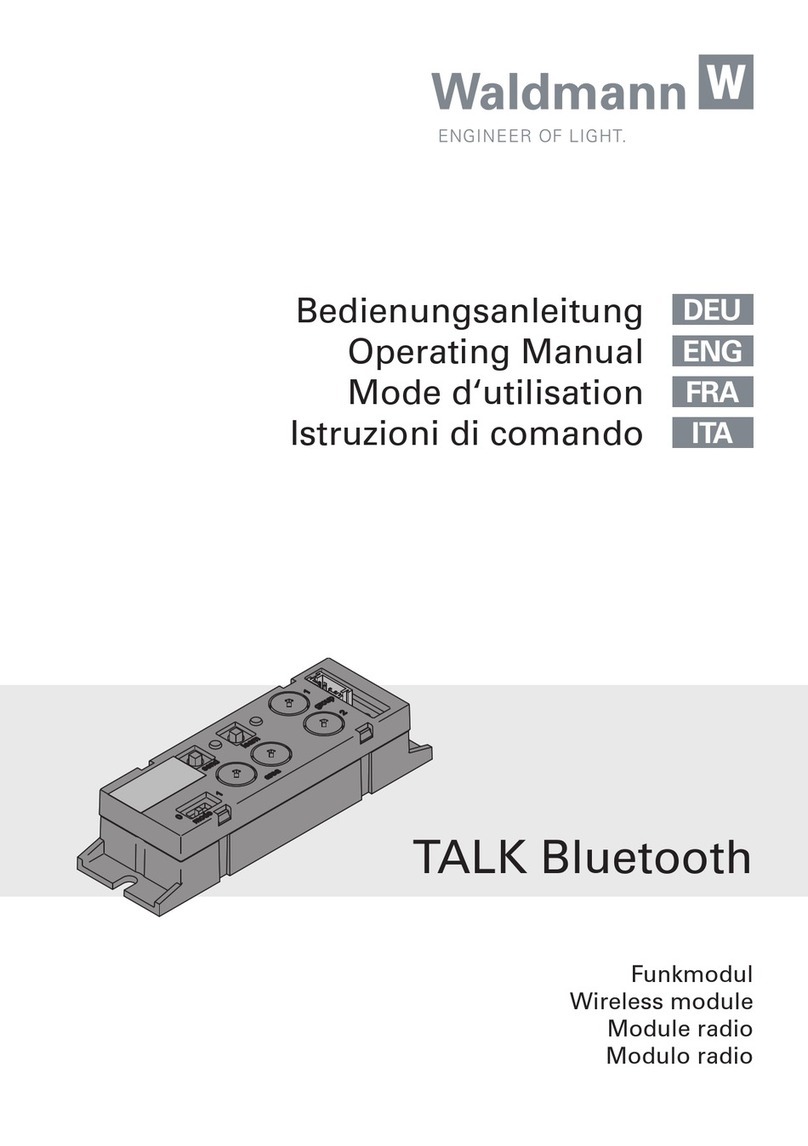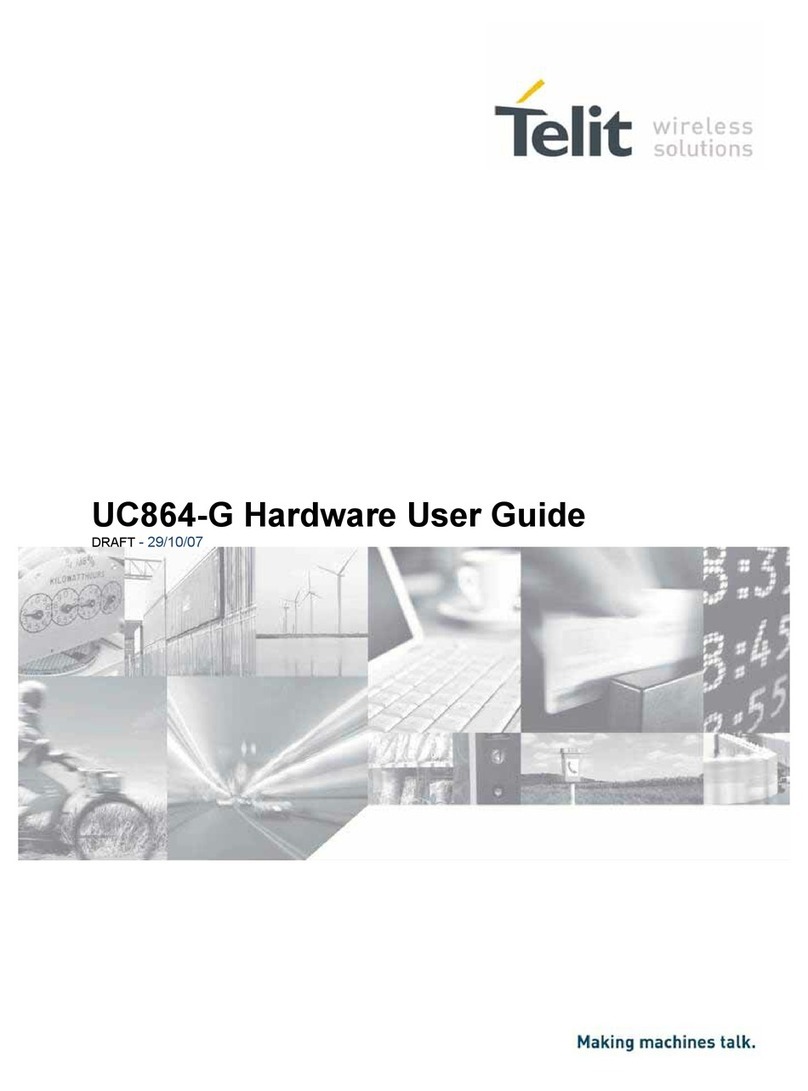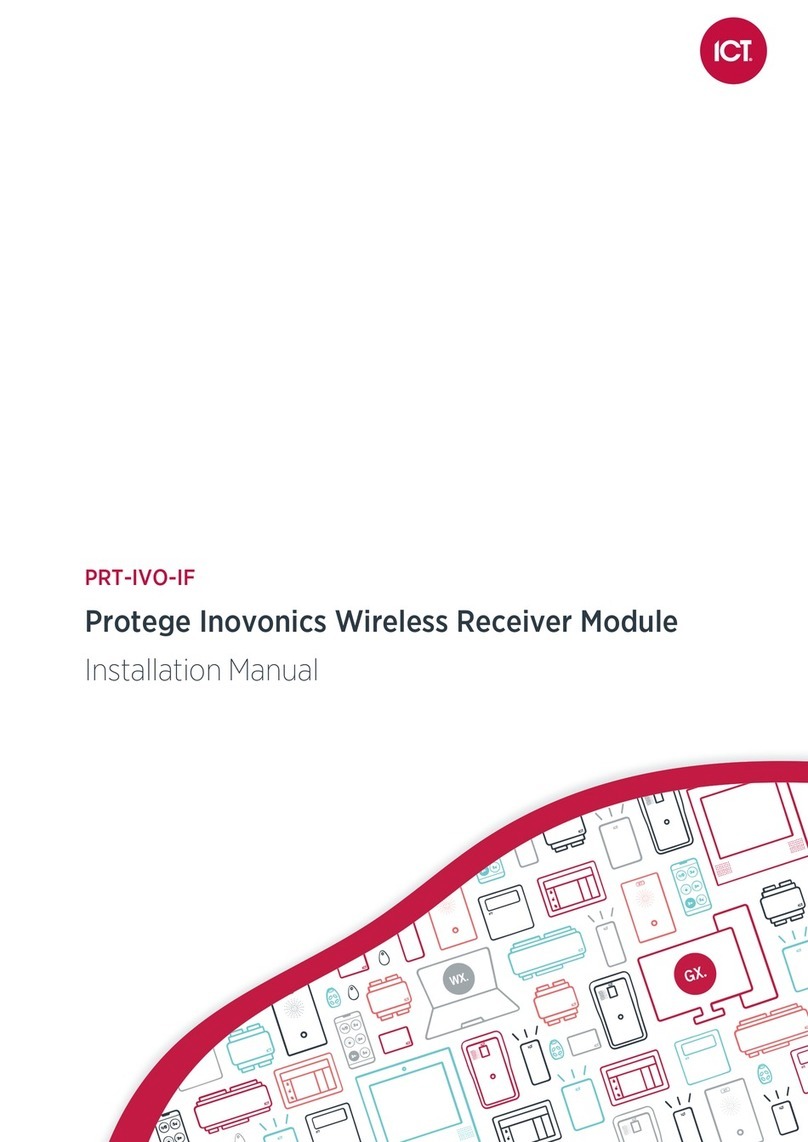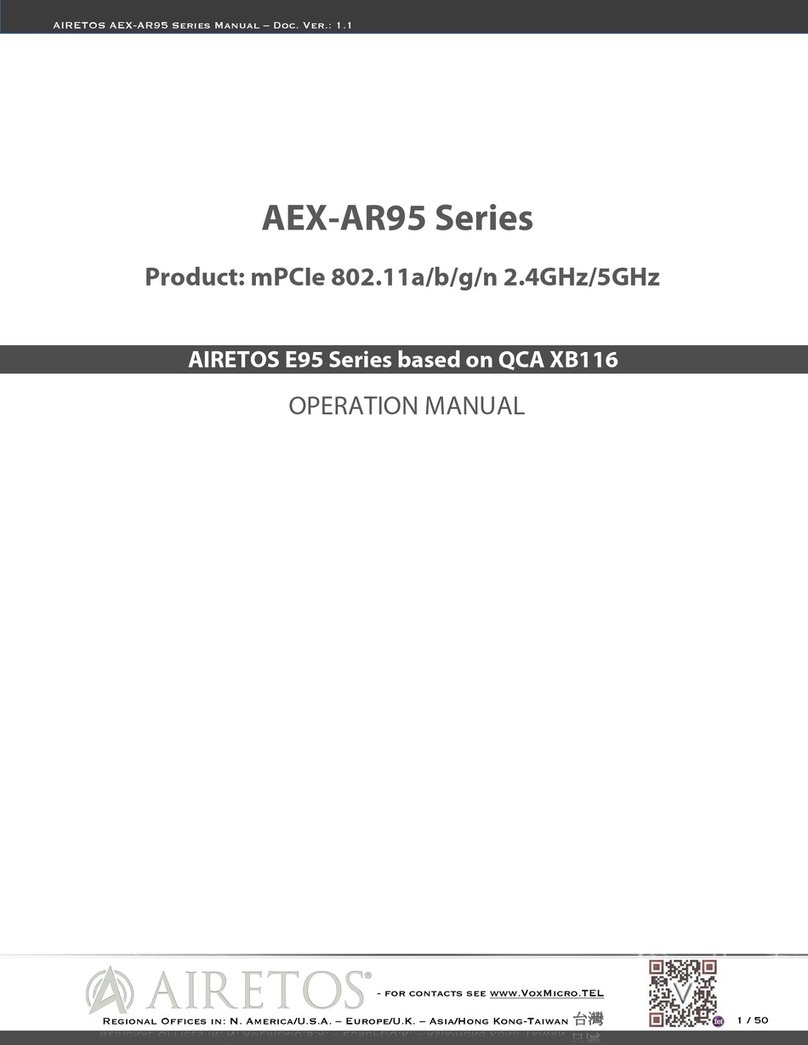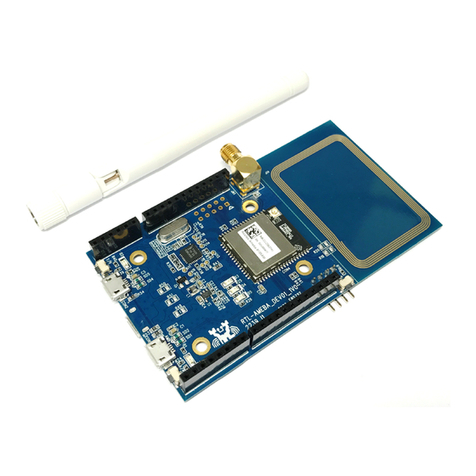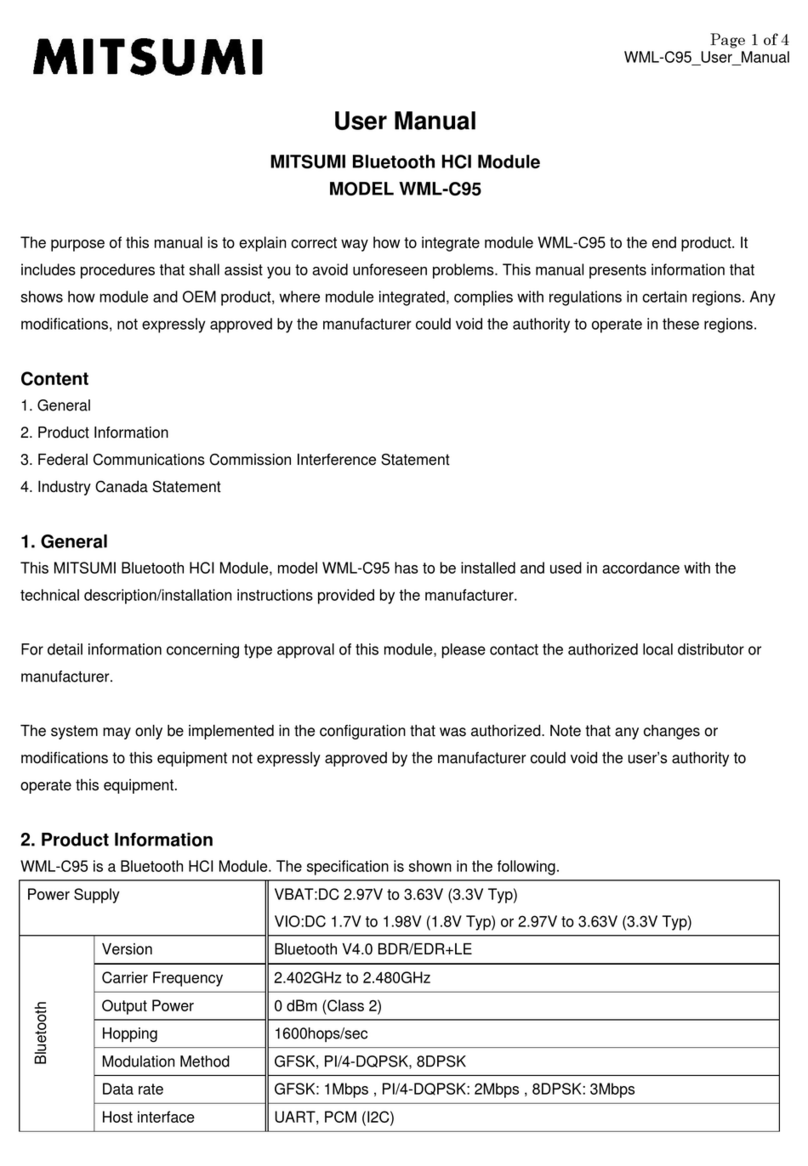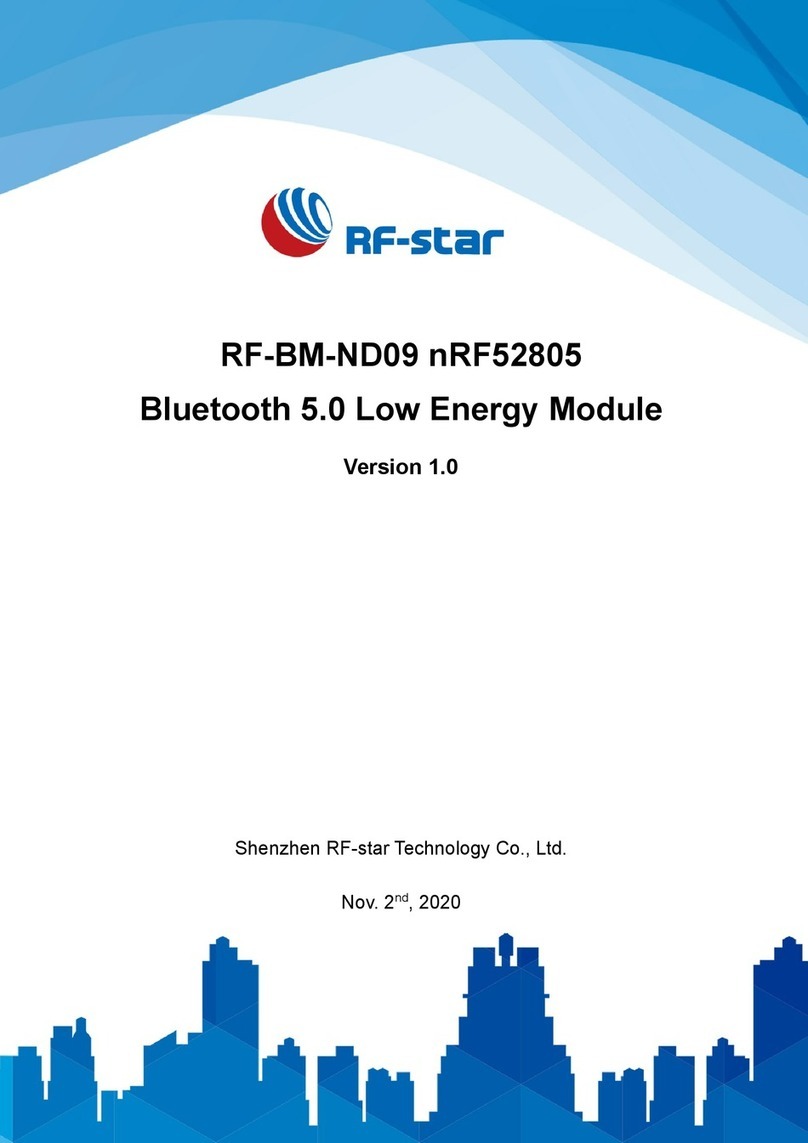
Chengdu Ebyte Electronic Technology Co.,Ltd E180-Z6907A User Manual
Copyright ©2012–2019,Chengdu Ebyte Electronic Technology Co., Ltd.
1
1. Overview.....................................................................................................................................................................3
1.1 Brief introduction..............................................................................................................................................3
1.2 Features............................................................................................................................................................. 3
1.3 Device type introduction...................................................................................................................................4
1.3.1 End-Device.................................................................................................................................................... 4
1.3.2 Sleep-End-Device..........................................................................................................................................4
1.4 Application........................................................................................................................................................ 5
2. Technical parameter.................................................................................................................................................... 5
2.1 Limit parameter.................................................................................................................................................5
2.2 Operating parameter..........................................................................................................................................5
3. Size and pin definition................................................................................................................................................ 7
4. Operation mode...........................................................................................................................................................9
4.1 Transmission mode........................................................................................................................................... 9
4.2 Configuration mode.......................................................................................................................................... 9
4.3 Mode switch......................................................................................................................................................9
4.3.1 Command switch........................................................................................................................................... 9
4.3.2 Pin switch...................................................................................................................................................... 9
5. Transmission mode................................................................................................................................................... 10
5.1 Data transmission mode..................................................................................................................................10
5.1.1 Broadcast mode........................................................................................................................................... 10
5.1.2 Multicast mode............................................................................................................................................ 10
5.1.3 Unicast Mode.............................................................................................................................................. 10
5.2 Receiving data output method........................................................................................................................ 10
5.2.1 Transparent output.......................................................................................................................................10
5.2.2 Data + short address................................................................................................................................. 10
5.2.3 Data+Long address......................................................................................................................................11
5.2.4 Data+RSSI...................................................................................................................................................11
5.2.5 Data+short address+RSSI............................................................................................................................11
5.2.6 Data+long address+RSSI............................................................................................................................ 11
6.Application function and command configuration....................................................................................................11
6.1 Function pin............................................................................................................................................... 11
6.1.1 LINK........................................................................................................................................................ 11
6.1.2 WAKE.......................................................................................................................................................11
6.1.3 AUX..........................................................................................................................................................12
6.1.4 ACK..........................................................................................................................................................12
6.1.5 UART_BAUD_RESET...............................................................................................................................12
6.2 Wireless remote configuration function......................................................................................................... 12
6.3 Functional parameter description................................................................................................................... 13
6.5 HEX User instruction set............................................................................................................................. 15
6.5.1 Instruction rule......................................................................................................................................... 15
6.5.2 Read instruction set..................................................................................................................................... 16
6.5.3 Configuration instruction set.................................................................................................................... 18
6.5.4 Network operation instruction set............................................................................................................ 19
6.6 HEX Parameter description............................................................................................................................ 20
